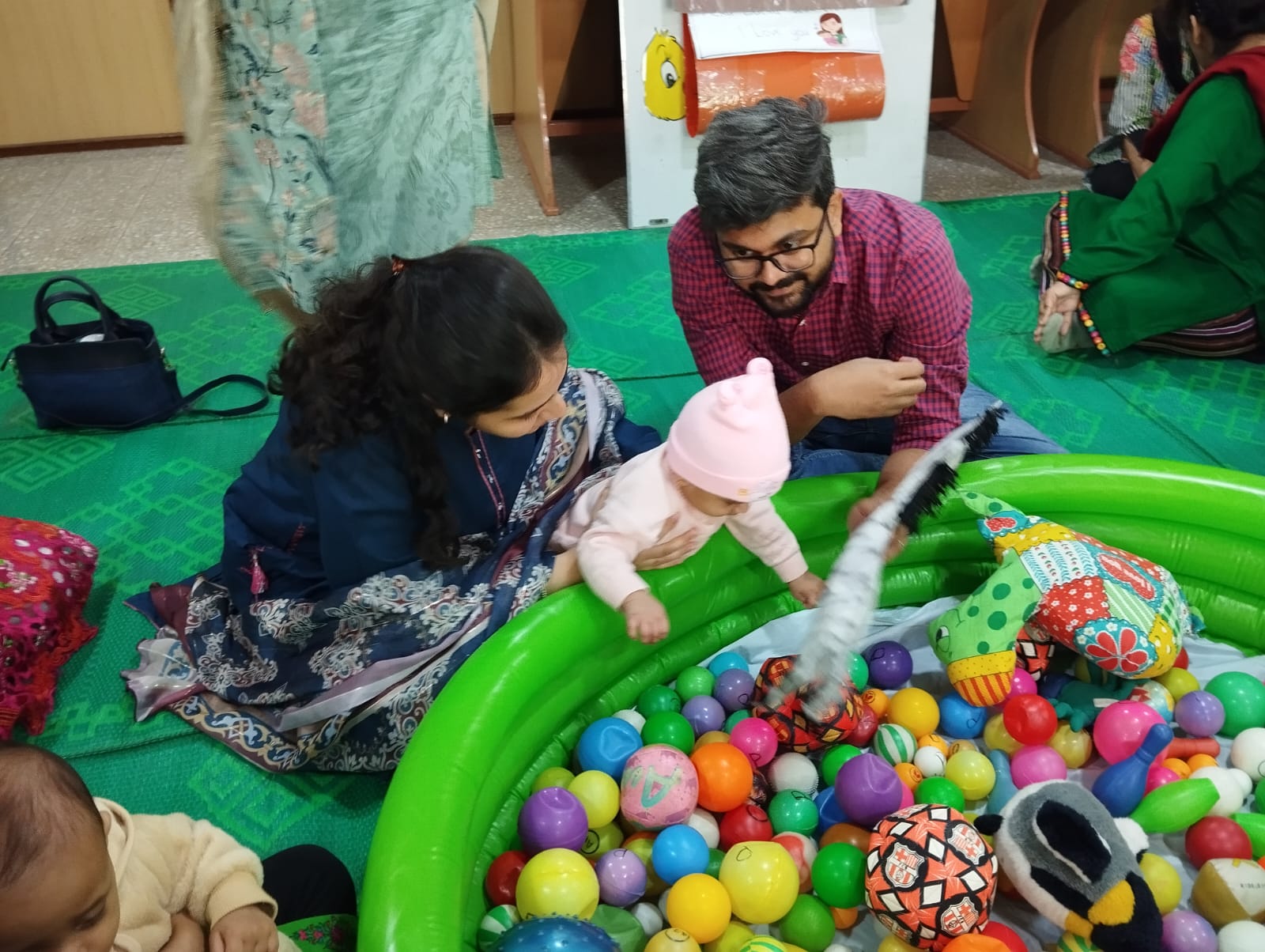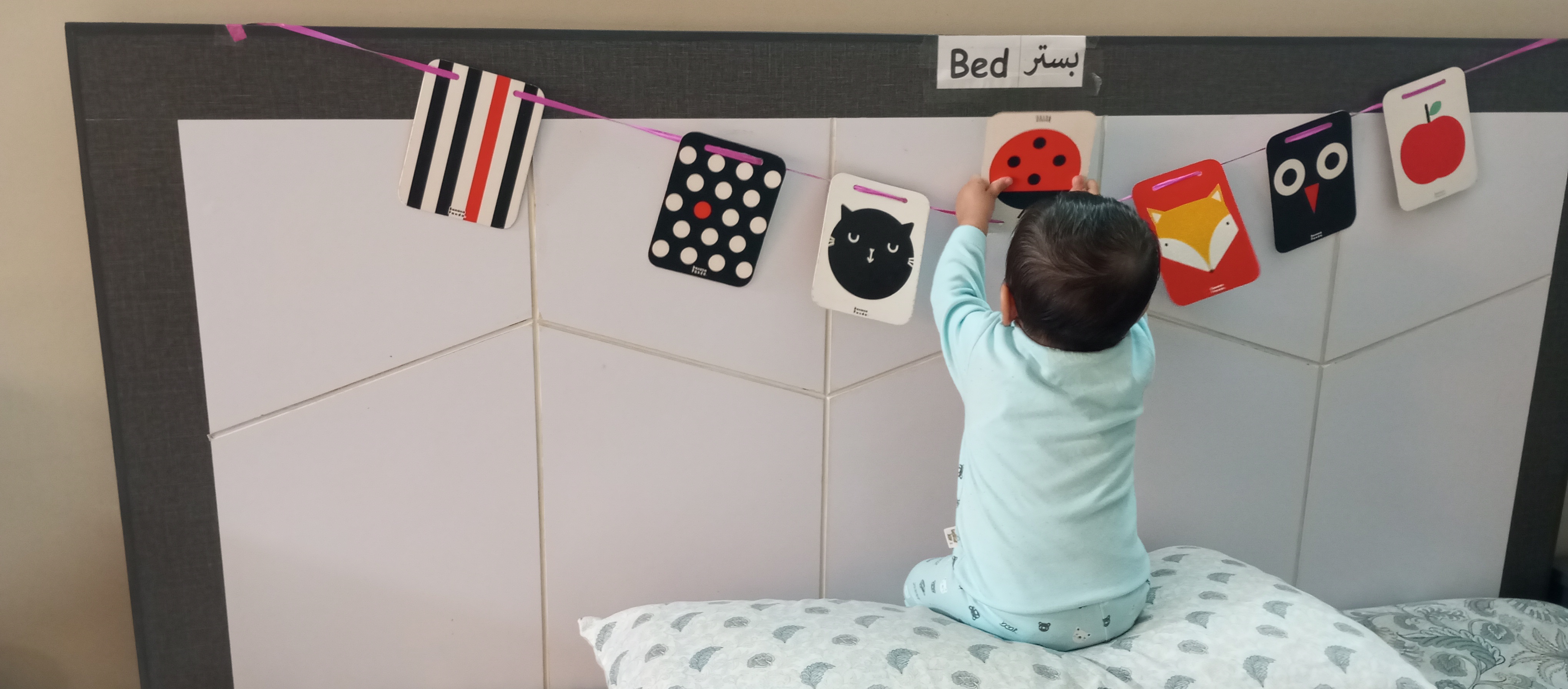Early years is a very crucial age for a baby. It is the time when baby’s cognitive (brain), psychomotor(movement) and affective(socio-emotional) development is at peak with respect to any other stages of life. Science has confirmed that baby’s brain and personality is almost developed until five years of age. The more science discovers about the growth and development in early years, the more emphasis is given to the importance of learning environment which facilitates holistic development of a child.
What children love most in early years? I believe the answer is the daily life objects that adults around them use. Pegs are one of those colourful, engaging yet challenging daily life materials that adults use very often. These pegs can easily be molded into DIY resource for children from 6 months onwards up to 2.5 years of age. Pegs can help in the child development in the following ways:
Eye-Hand Coordination: During early years, a child is learning to control his body parts like hands, legs, head etc. Pegging activity provides the opportunity to practice controlled movements. Child practices to remove the pegs first and then putt them in the box. At later stage, child can also pick up a peg from the box and do the pegging. A well-developed eye hand coordination helps the child in performing daily routine tasks with ease and precision.
Fine Motor Skills: These skills refer to the movement of small muscles like fingers which is important in holding an object, pouring a liquid, writing with pencil etc. The use of three fingers (thumb, forefinger and middle finger) in pegging and then removing the pegs helps the child in developing pincer grip.
Language Development: The language is the way to communicate. Parents/ Educators and guardians can play a crucial role in language development by describing the child’s activity. For e.g. ‘It seems like you are enjoying the pegging activity’. In addition, child can be introduced to colours through it like ‘you are having green peg in your hand’. Lastly, giving short instructions like ‘Please pass the blue peg to mama’ can foster the process of language development.
Focus and Creativity: Pegs are manipulative materials which allows large room for creativity. Child can make a train out of the pegs or a nasty snake in the jungle. They love make believe play (imaginative play) while playing with the pegs. As the child is deeply engrossed in independent play, it helps to build focus and concentration span of the child. In case needed, initially the adult can demonstrate the manipulative use of pegs to the child and later there will be no limit to child’s imagination.
Social Skills: When the pegging activity is shared among two children in the classroom or at home, child learns to take turns and wait until the other child is taking turn. This develops the values such as patience and tolerance. At later stage, they may get involved in collaborative play like making a tower together.
Play is the work of the child and providing playful learning environment is the responsibility of adults around them. Remembering the acronym MaMaChoLaSu for every material or resource provided to the child, achieves the objectives of the activity.
Wish you playful and full of love time with little ones!




